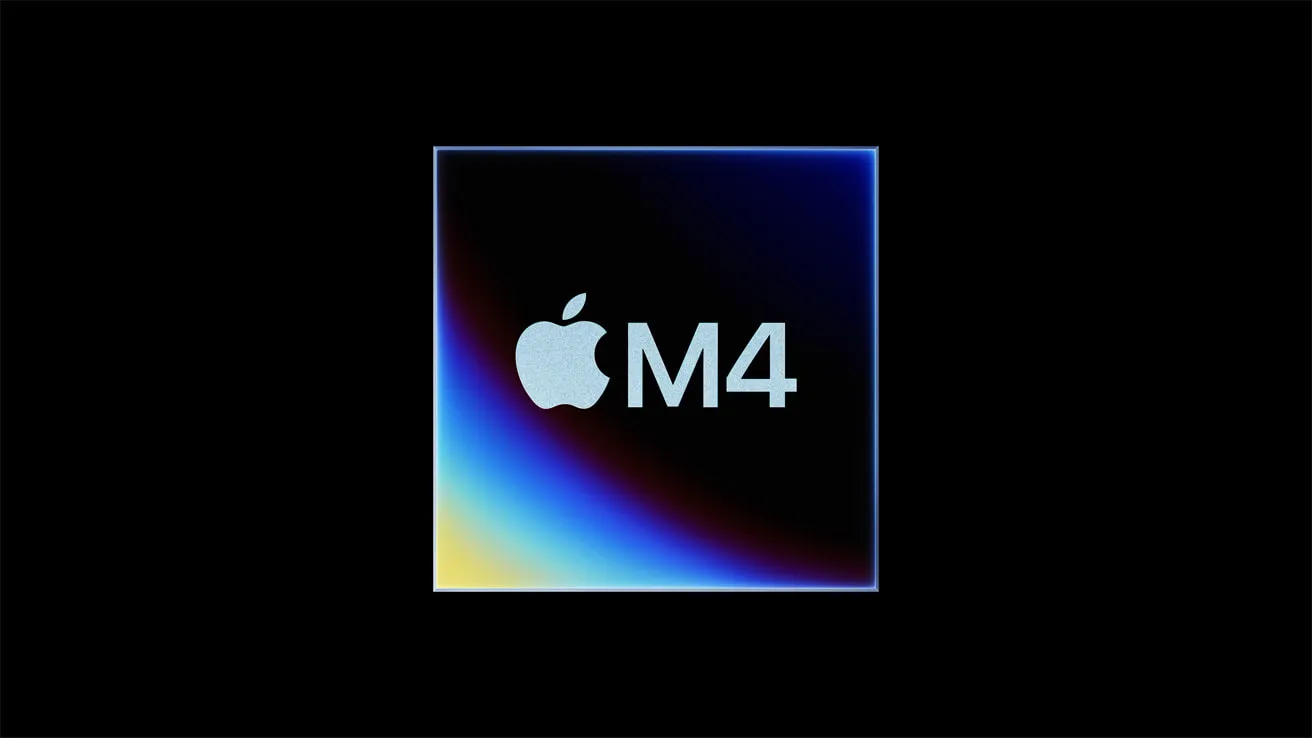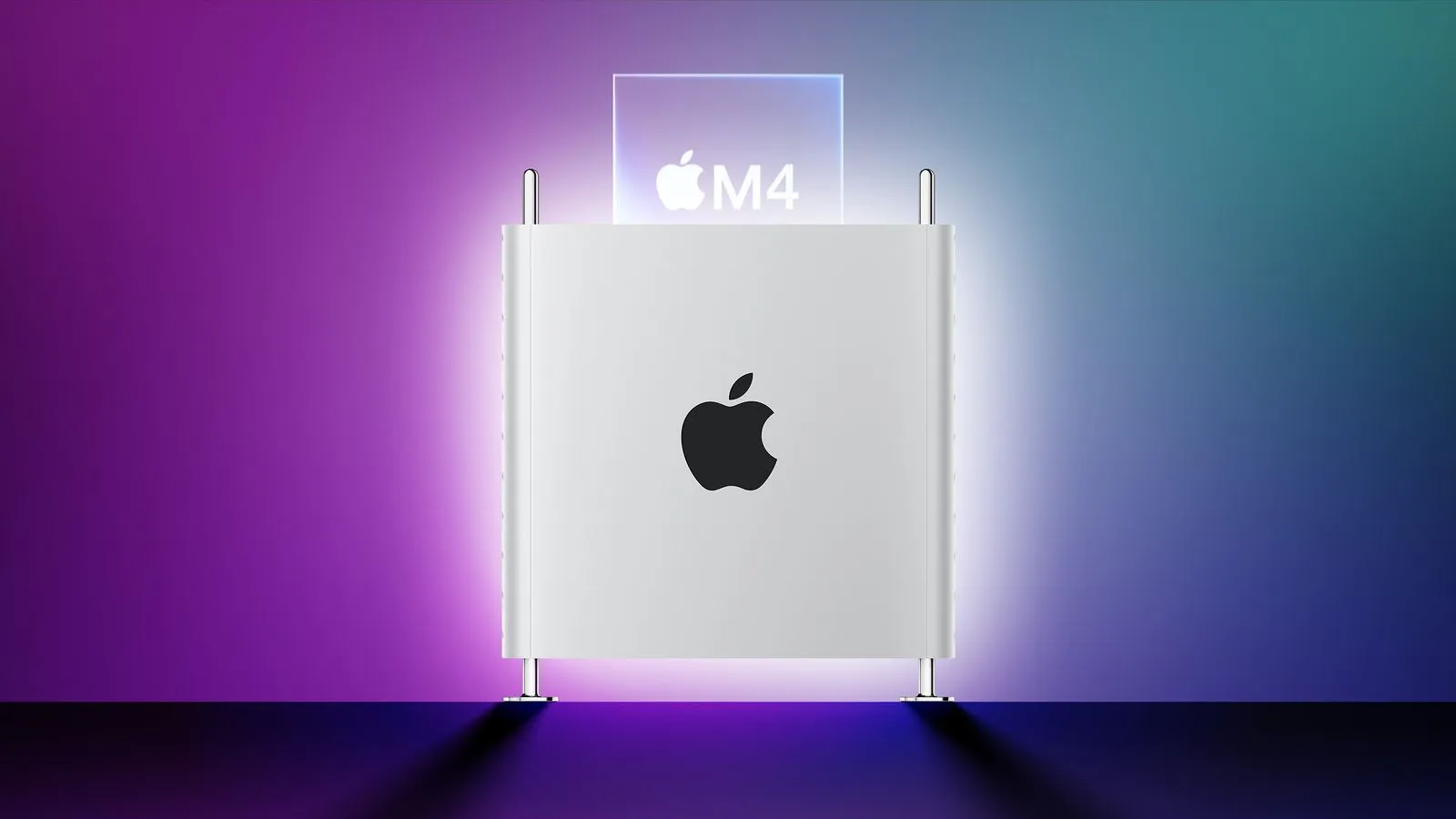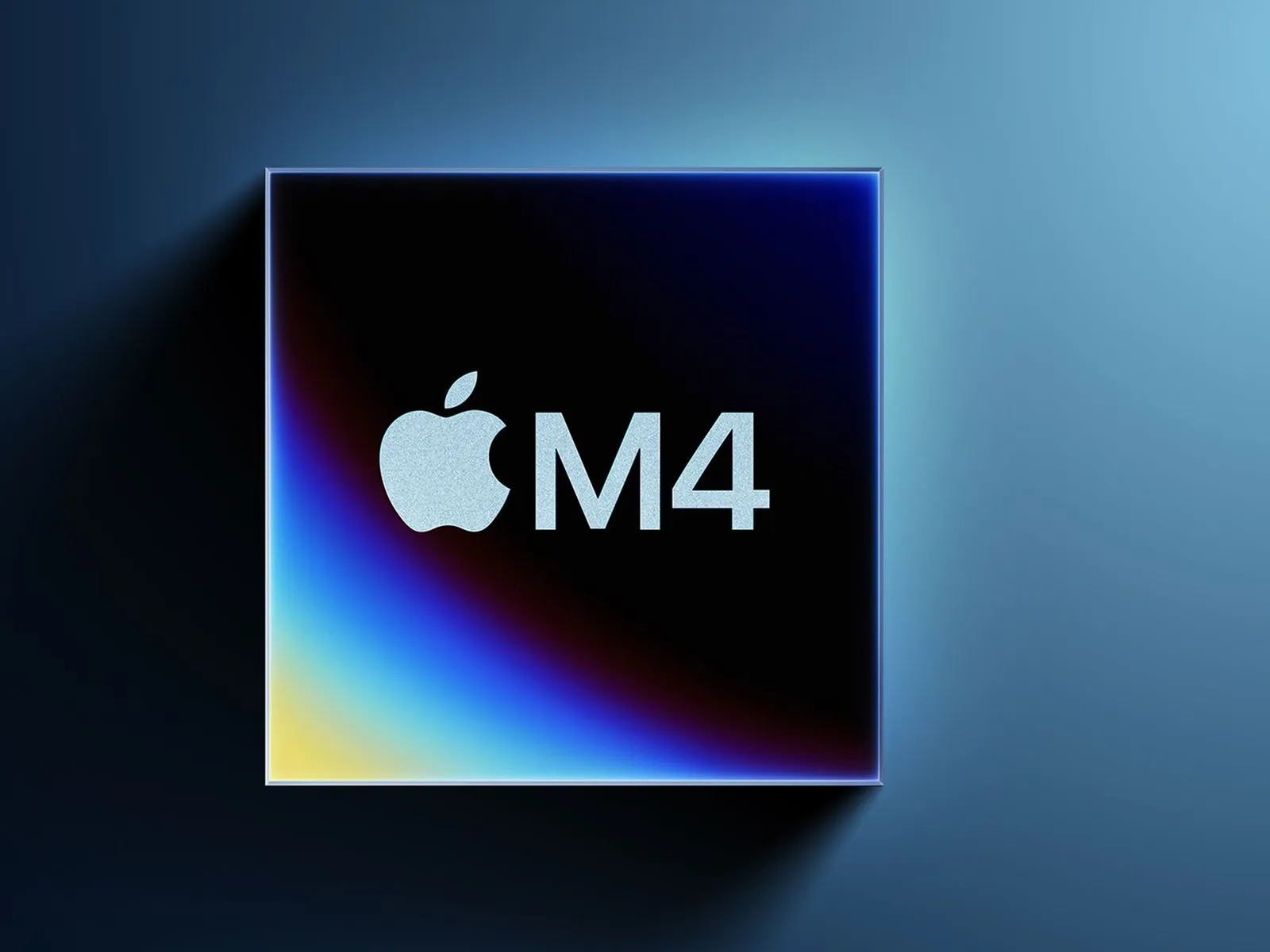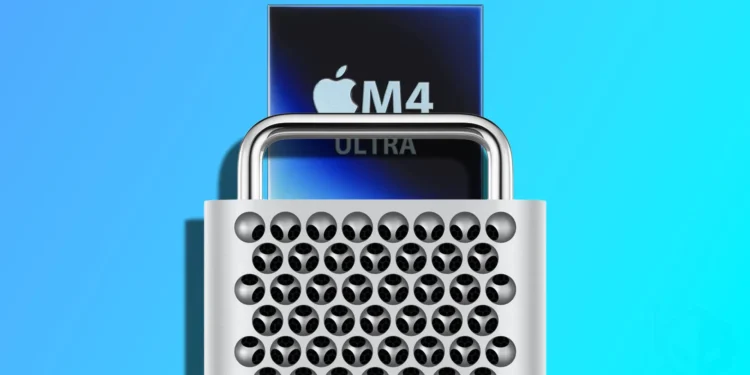At the heart of Apple’s high-end chip offerings is the UltraFusion technology, a sophisticated method that essentially bonds two Max chips to create an Ultra variant. Historically, this approach was seen with the M1 Ultra, which combined two M1 Max chips, and the M2 Ultra, which similarly linked two M2 Max chips. This integration not only doubled the power but maintained efficiency within a contained architecture.
However, the M4 Max chip introduces a break in this pattern. Apple has confirmed that the M4 Max lacks the necessary UltraFusion connector, which is pivotal for binding two chips together. This absence is not just a minor hiccup; it represents a significant technological diversion that suggests the M4 Ultra, a hypothetical powerhouse of processing prowess, is currently off the table.

Apple’s Strategic Communications
Apple’s communication strategy further dampens hopes for an M4 Ultra. In discussions with journalists and influential YouTubers, the tech giant has hinted that not every chip generation will necessarily see an Ultra variant. This selective release strategy could be interpreted as Apple’s way of managing expectations and perhaps prioritizing other advancements or product lines.

Economic and Market Considerations
Market dynamics and economic feasibility play crucial roles in determining the viability of new products, especially in niche, high-cost categories like premium desktop computers. Mark Gurman of Bloomberg, in his latest Power On newsletter, shed light on Apple’s reservations. He pointed out the formidable challenges of developing an M4 Ultra chip from scratch—challenges that include steep production costs, technical hurdles, and the limited market for desktops as potent as the Mac Studio.
These factors combined make the case against the development of an M4 Ultra chip compelling. Apple’s decision to possibly skip this iteration could be seen as a strategic allocation of resources towards more profitable or revolutionary projects that align better with consumer demands and market trends.

The Bigger Picture
In the grand scheme of Apple’s product strategy, the absence of an M4 Ultra chip might disappoint some, but it also points to a larger, more calculated plan. Apple has never shied away from making tough decisions that steer its technological and market leadership. This scenario appears to be no different. By potentially bypassing the M4 Ultra, Apple could be clearing the path for future innovations that could redefine user experience and efficiency.
Understanding Apple’s blend of market strategy, technological capability, and economic pragmatism provides a clearer picture of why some projects move forward while others are left on the drawing board. While the M4 Ultra remains a fascinating “what could have been,” Apple’s focus is likely tuned to “what’s next.”










